Exhibitions
| Title | SOUVENIRS |
|---|---|
| Period | 27 May 2025(Tue)-14 Sep 2025(Sun) |
| Venue | Special Exhibition Hall 1 |
|
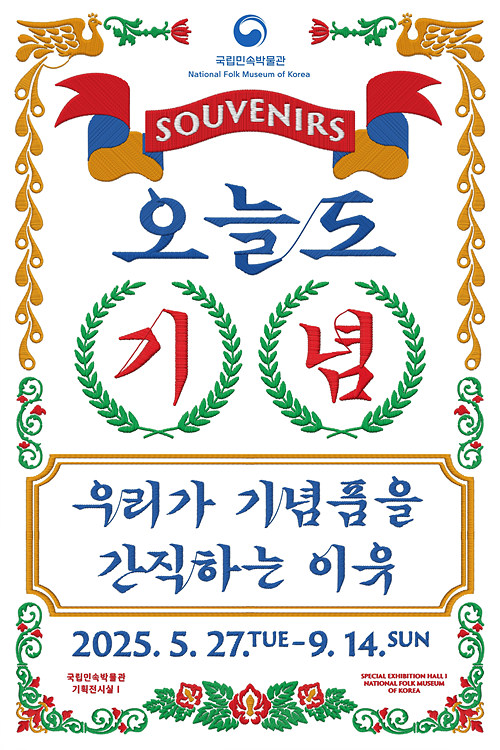 Exhibition OverviewAs we live our lives, we all experience many moments we would like to remember.
These are the memories we etch into our hearts—and even, from time to time, try to preserve in tangible form. Every act of commemoration is born of the desire to remember, to hold on to something precious. Each and every souvenir, in turn, is a small token of that intention. Here and now, surrounded on all sides by souvenirs and acts of commemoration, we ask ourselves: have we, perhaps, lost sight of what it truly means to commemorate? To return to this question of why we commemorate, we turn our attention to these objects we call “souvenirs.” The longing to hold onto a special moment; to share a memory with those who matter; to hold a bit of our lived experience in our hands. Let us reflect anew on the commemorative potential of one small artifact. What, to you, counts as a “souvenir”? Part 1 Everyday CommemorationSouvenirs are slippery things, the more you think about it.
We fear we will regret not buying them, but when we do, they can become burdensome. They are precious, yes, but a bit ambiguous; and throwing them away feels like a waste. And just like that, these moments and objects pile up, one after another. Until one day, the act of commemoration itself is no longer something special, but a regular part of everyday life. This wall presents different aspects of such everyday commemoration. The desire to remember, these habits of holding on— in a way, commemoration may actually be the most ordinary practice of our daily lives. 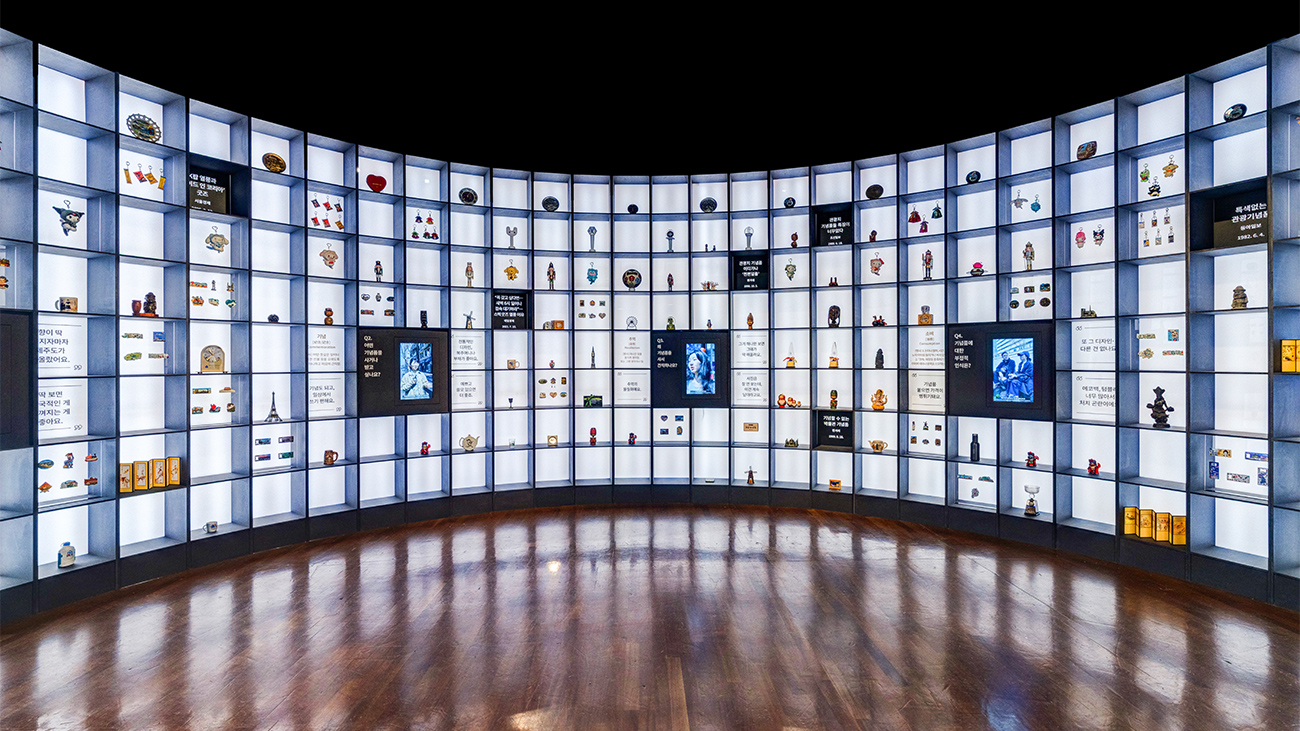 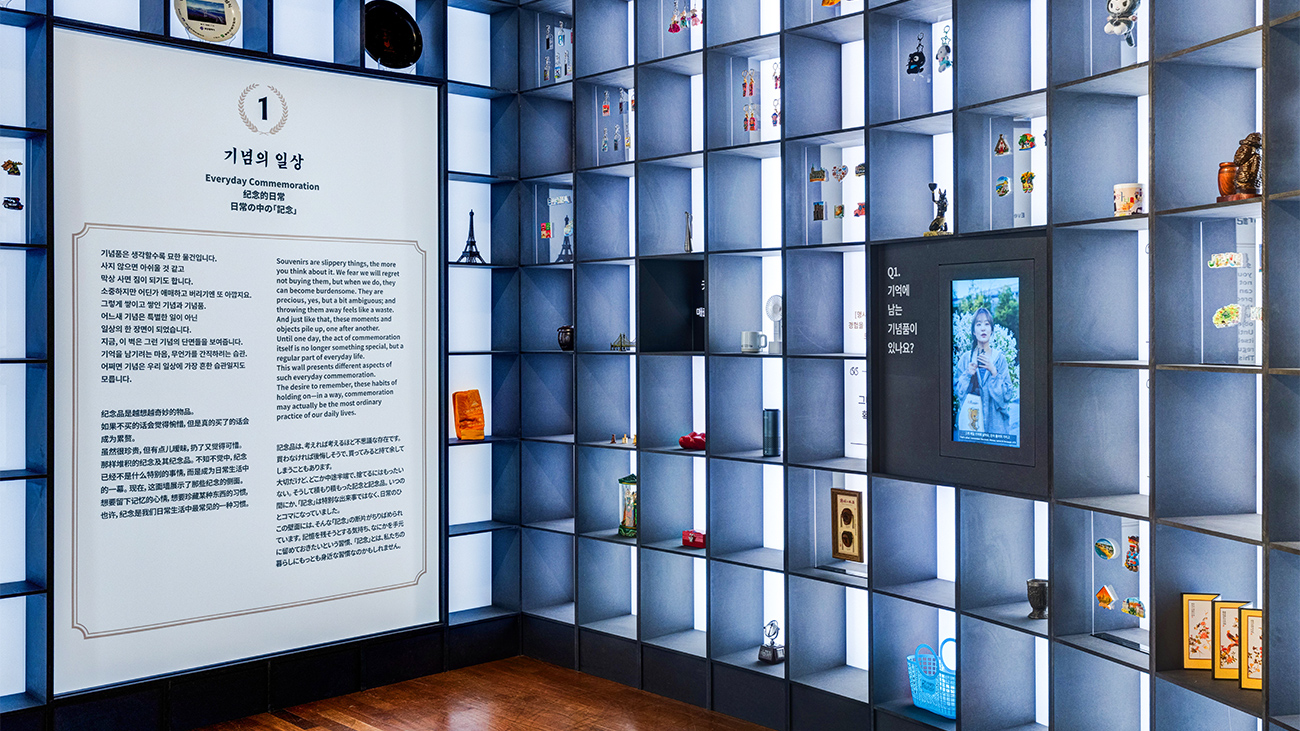 Part 2 Why We Hold On to SouvenirsWhy do we hold on to souvenirs?
Commemoration is our way of sharing the value of remembering. To remember a special moment, to share communal feeling, and to mark the paths we have traversed, people have long left behind souvenirs. A souvenir is more than just a simple recollection. Rather, it gives form to memory, anchoring time and serving as tangible proof of the stories that shape our lives. Amidst today’s overabundance of souvenirs, we are prompted to reconsider. What, exactly, do we truly wish to remember and keep close? Real commemoration is not about lingering in the past; rather, it is a story that belongs to us all, corroborating the fact of life itself and providing a continuity of remembrance. Part 2-1. Special Moments, Shining SouvenirsEvery one of us has moments we would like to commemorate.
Before the advent of modern society, however, only a privileged few had the ability to preserve their memories in material form. In this period, commemoration was not a matter of everyday consumption; rather, it was a rare and significant act of recognition. Items like the Pyeongsaengdo (life portrait), capturing milestone moments, the Maninsan, embroidered with the names of numerous villagers to honor the virtues of a local official, and pieces like the Gisagyecheop or Girohoedo, celebrating the dignity of old age, all reach beyond the scope of personal memory to serve as reflections of era-defining values. These records of watershed moments have endured across time, living on in our collective memory. Today, personal milestones like birthdays, graduations, and military discharges also tend to produce a variety of commemorative objects. In revisiting past practices, we are reminded of how deeply cherished and meaningful the very act of commemoration used to be.  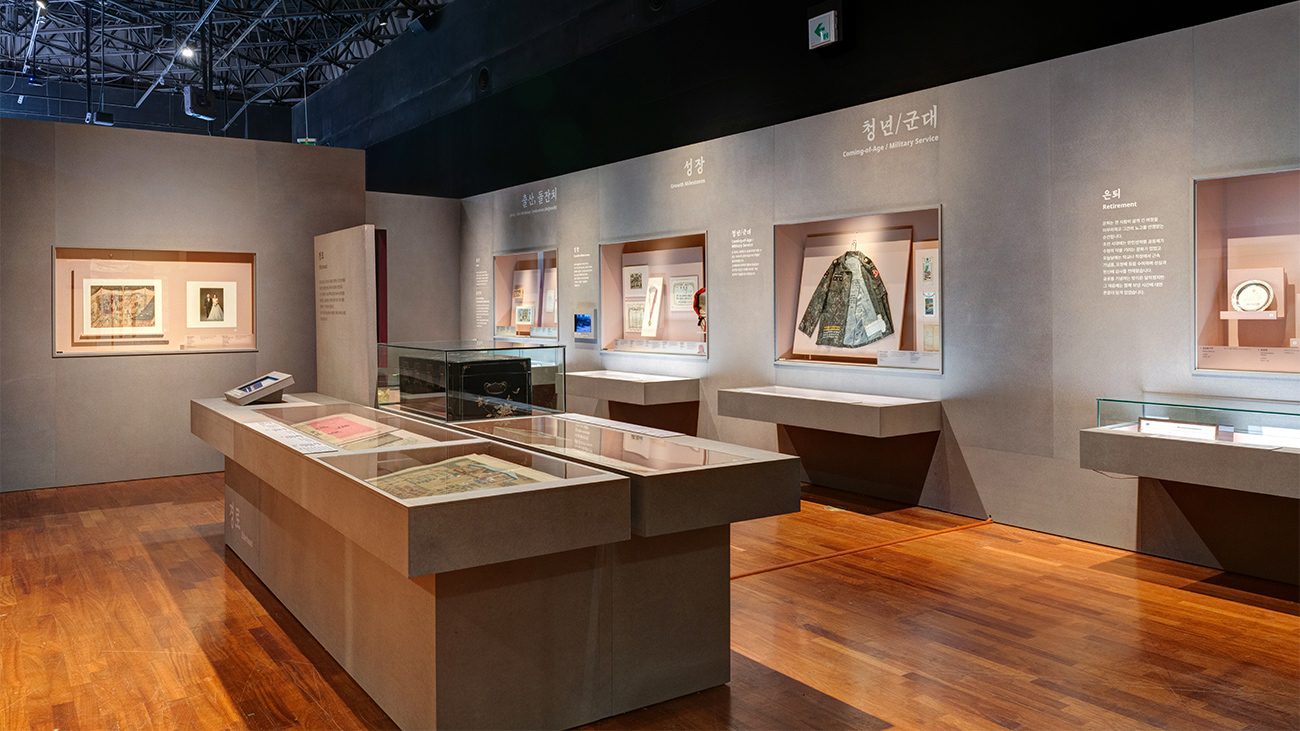 Part 2-2. Memories That Shape TodayWhile commemoration is, indeed, about remembering the past, it is also the story of how we live our lives today.
Each time we remember the spirit of the March 1st Independence Movement and the joy of liberation, for example, it shapes who we are today. Memory begins with the individual, spreads through the community, and reaches out to the world. What is more, shared moments and heartfelt connections bring people together to form new communities of memory. Commemoration is not a thing of the past, static and still. Commemoration is memory in the present tense, living and breathing within us, here and now. 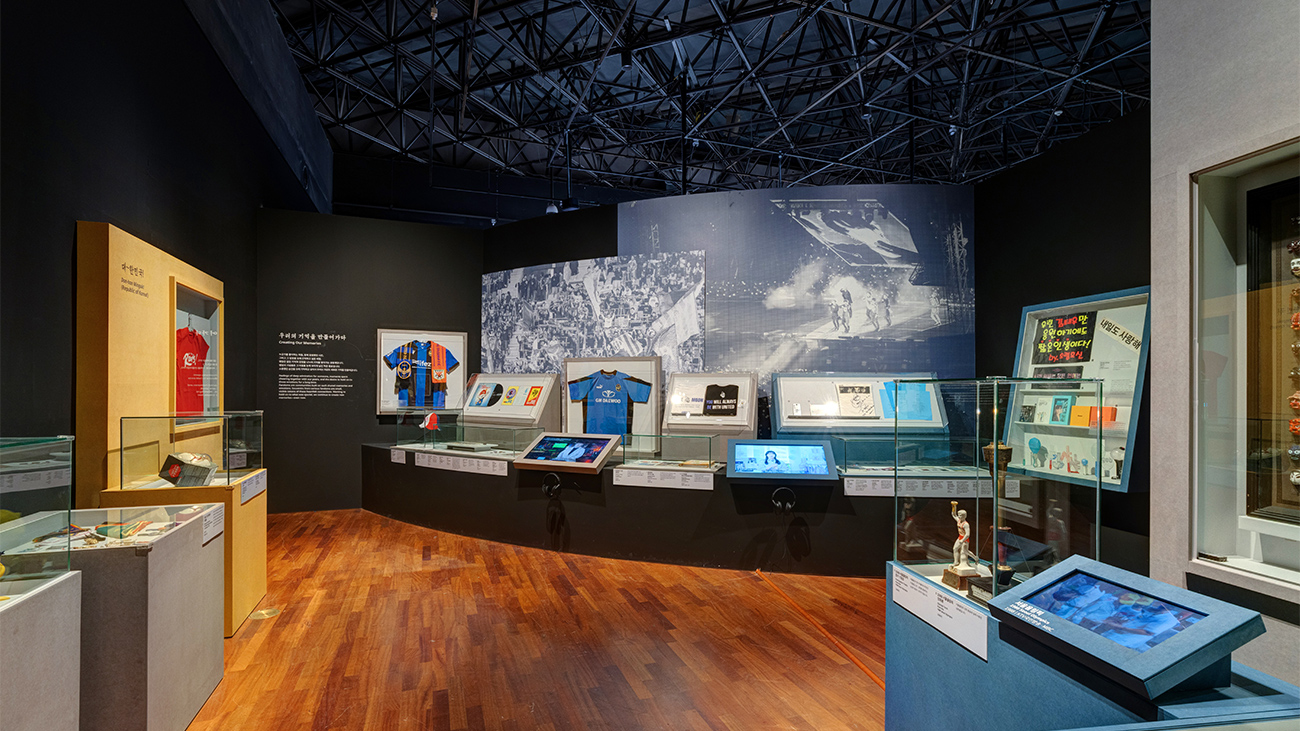 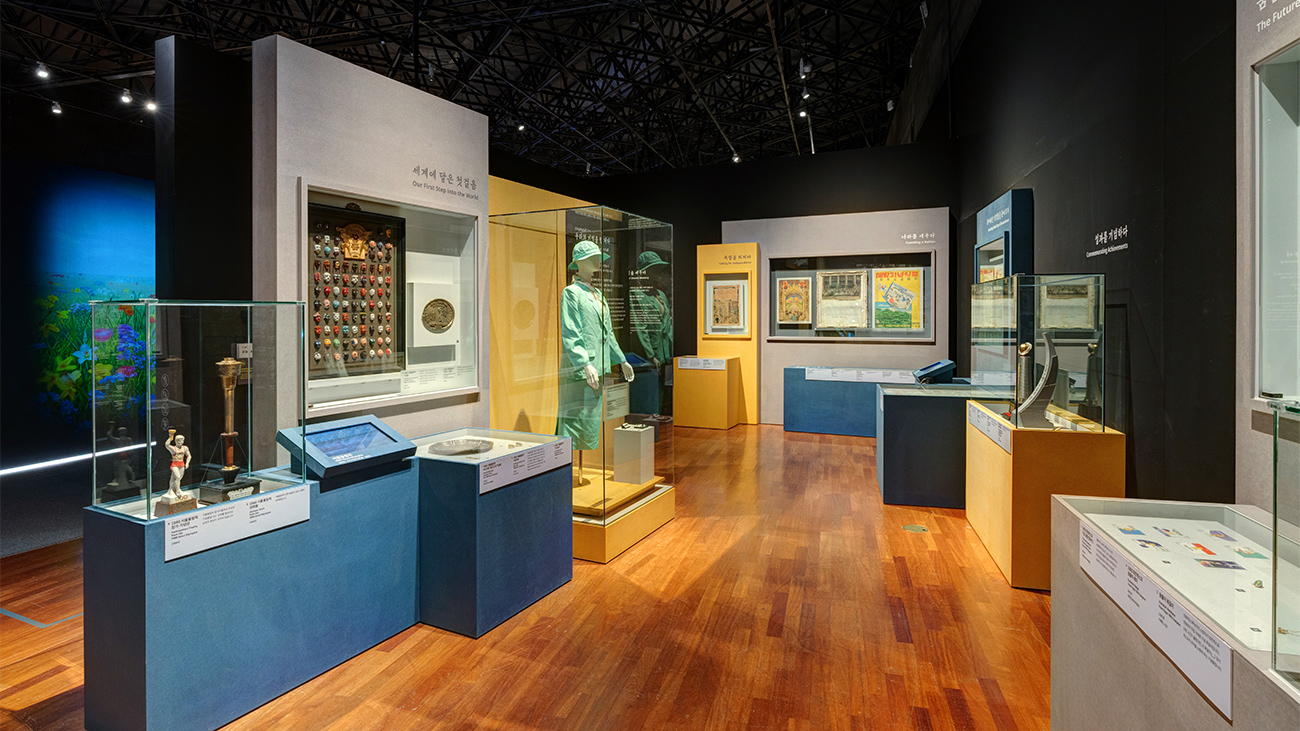 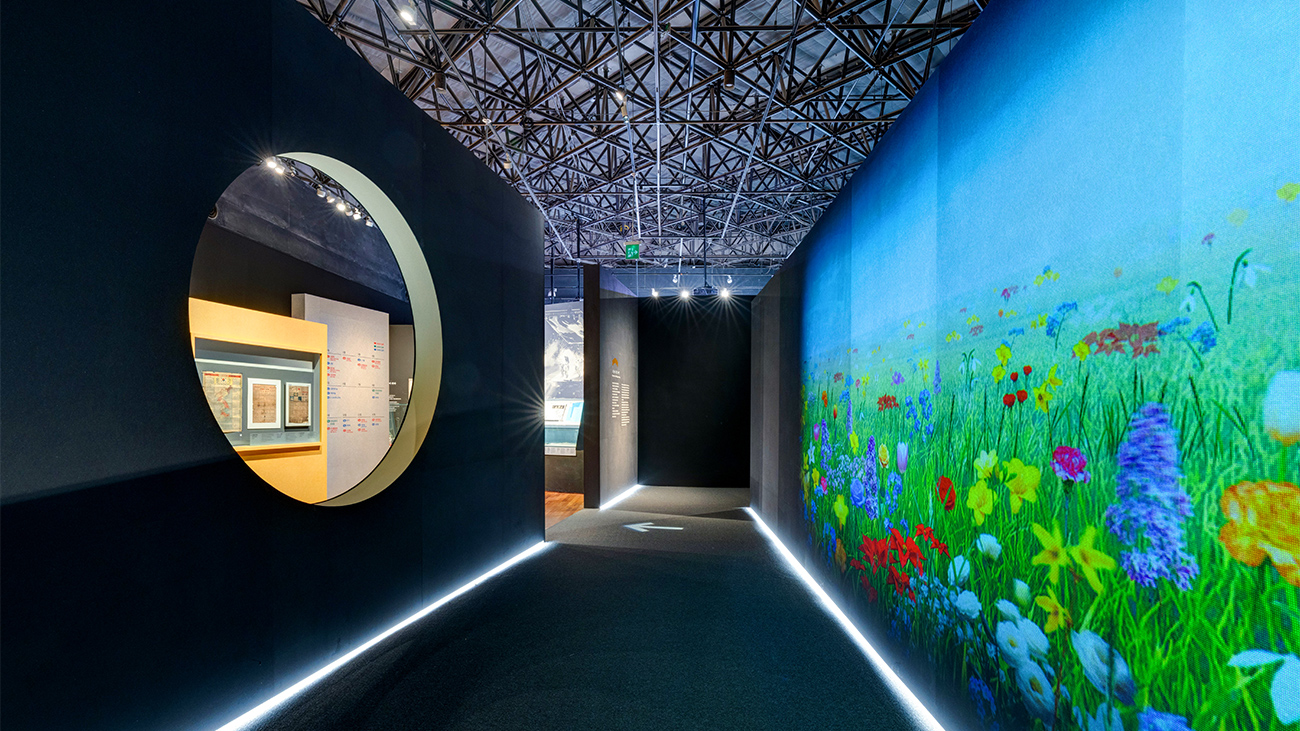 Part 2-3. Journeys At Our FingertipsAny time we return from a trip, we are left holding something in our hands.More than just a simple souvenir, these things are little tokens that revive the moments of travel, summoning the emotions and landscapes we encountered.The status of “souvenir” is not always limited to special objects. Indeed, our actual memories of a place can sometimes be lost amidst multiple streams of practicality, similarity, and mass production.With the advent of the modern era and the mainstreaming of tourism writ large, souvenir culture spread faster than ever. From group tours to Geumgangsan during the Japanese colonial period to the rise of mass tourism beginning in the 1960s, travel has become deeply linked to the act of preserving our memories through souvenirs.
A single small object, still at your fingertips. The moments and feelings that linger within it are ready to sweep you back into the time-space of your journey. What memories of travel do you hold in your hands?  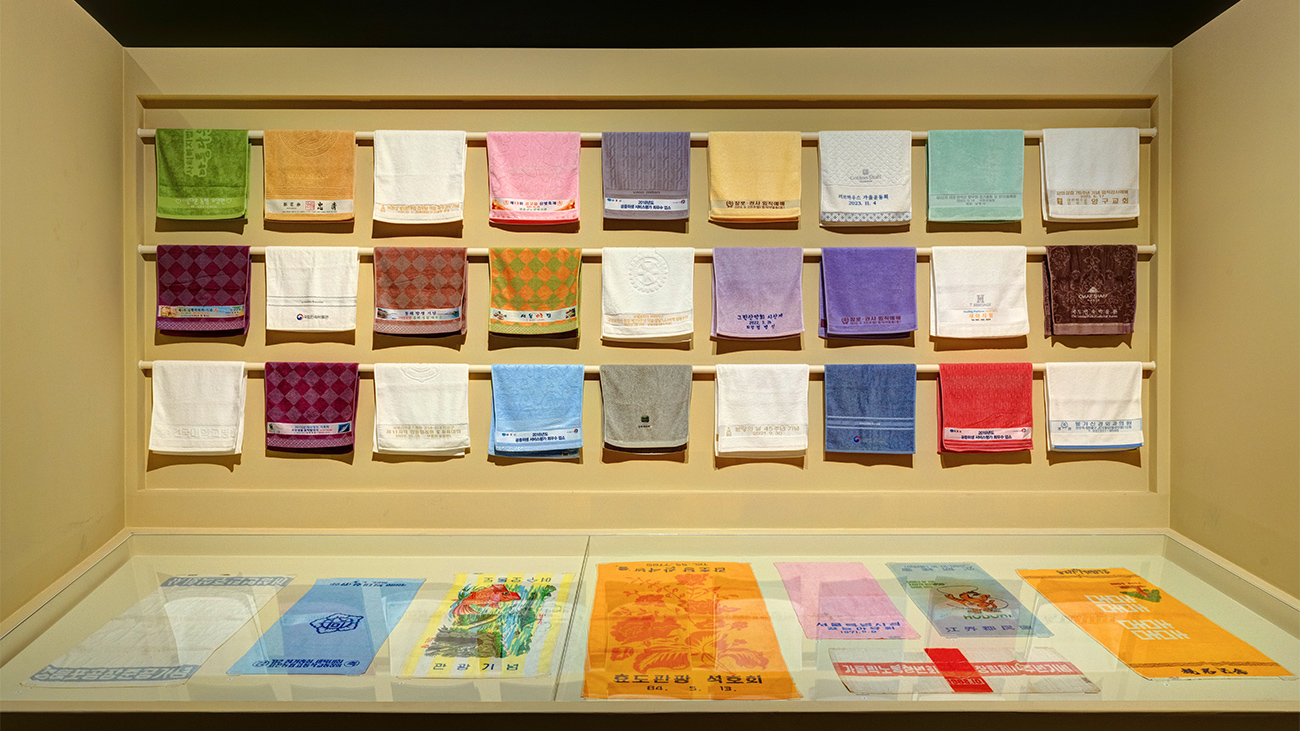 Part 3. The Souvenirs of My LifeCommemoration is woven into the very fabric of our daily lives. Each in our own way, we all hold on to time spent with loved ones, moments earned through long effort, and chance encounters of unexpected significance.
Commemoration doesn’t have to be grand. At times, a single small object can bear witness to the life we’ve lived and connect us to one another. Here, we encounter six unique stories, each containing its own fragments of remembrance. Is there a moment from your life that you, too, would like to hold on to? 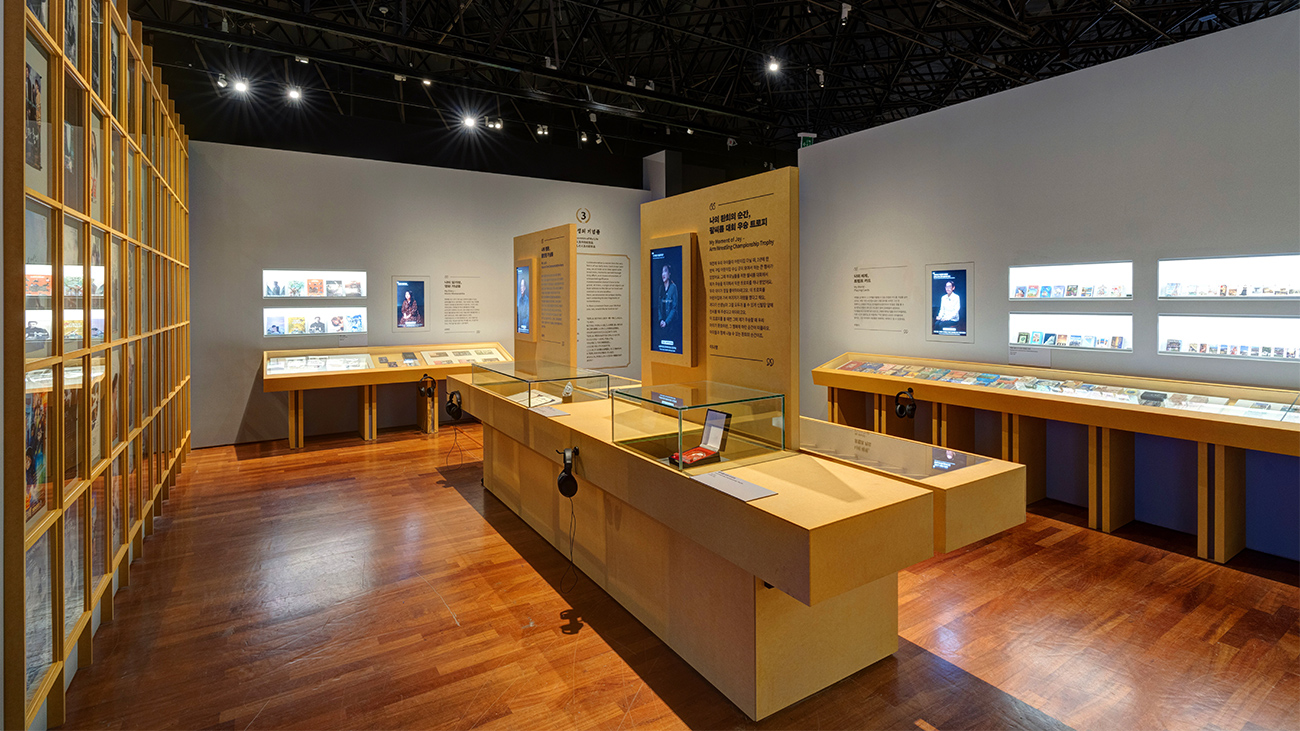 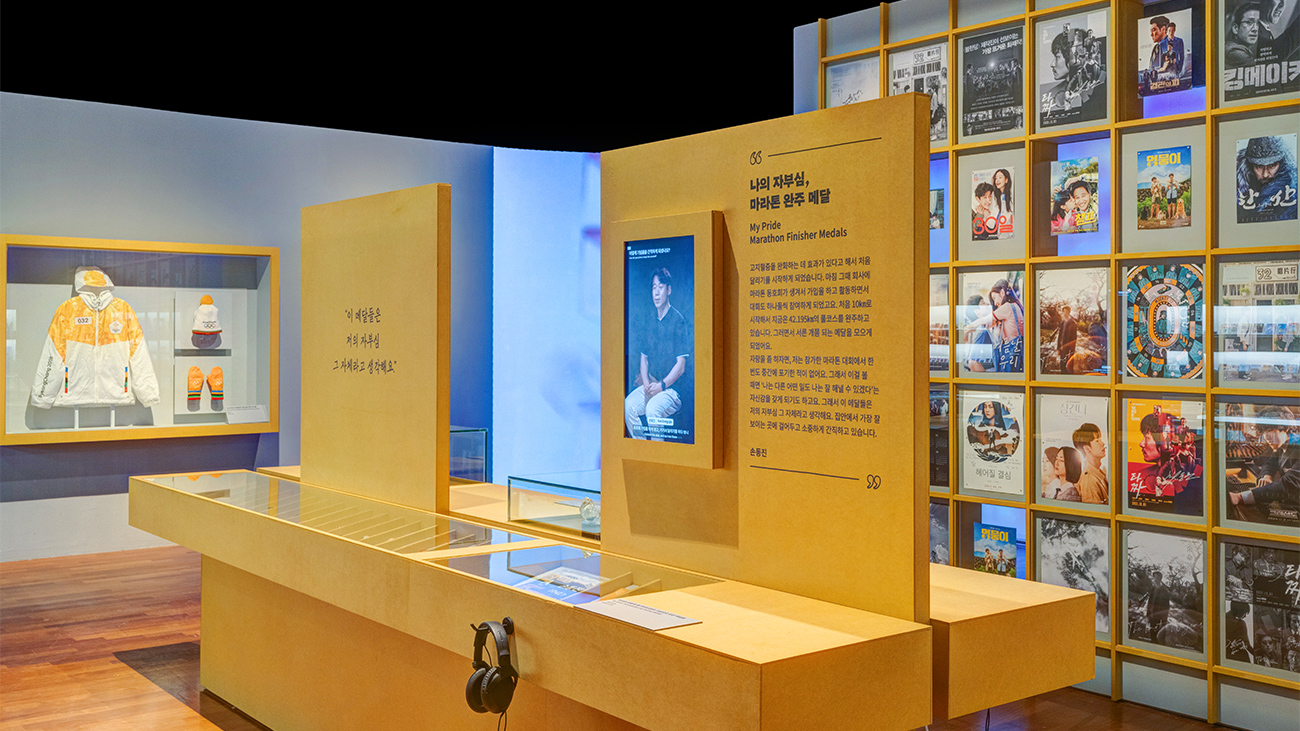 Epilogue My Memories, Our CommemorationYour commemoration becomes someone else’s memory.
|
|
| Date | 2025-05-26 |
| 이전글 | Say Cheeeese~ |
|---|---|
| 다음글 | PAN-DA-JI: Modern-Type Cabinet That Captivated Foreigners |


